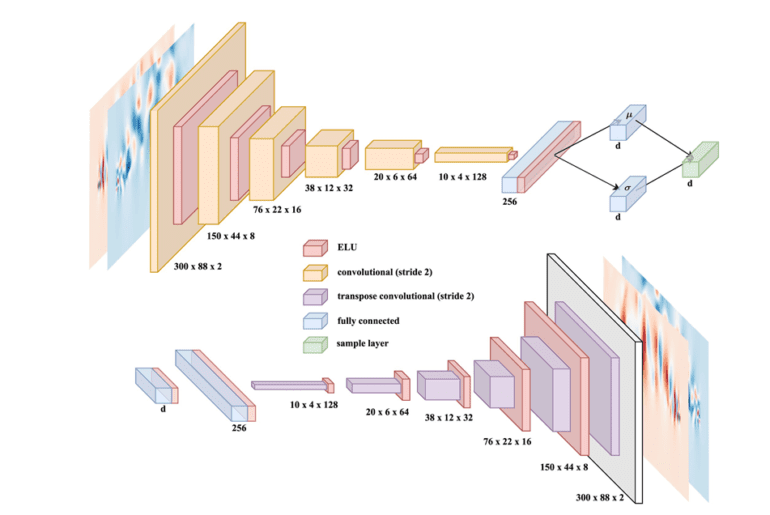- Deep learning transforms aerodynamic engineering for vehicles.
- KTH Royal Institute of Technology introduces a reduced order model (ROM) with neural networks.
- The model predicts airflow dynamics with high accuracy and reduced computational cost.
- Simplifies complexity by retaining essential features and omitting less important details.
- Neural networks enable learning intricate relationships for improved predictions.
- Potential for a 20%, 30%, or 50% reduction in aerodynamic drag, impacting global emissions.
- Significant environmental and economic consequences.
Main AI News:
Cutting-edge deep learning tools have transformed the field of aerodynamic engineering across various transportation sectors, enhancing fuel efficiency and structural integrity. A novel computational framework, recently unveiled, takes airflow modeling to unprecedented heights by leveraging neural network architecture to deliver precise predictions while significantly economizing time, expenses, and energy consumption.
A collaborative effort involving researchers from KTH Royal Institute of Technology, the United States, and Spain has culminated in the publication of this groundbreaking model in Nature Communications. The study underscores its ability to achieve remarkable accuracy in forecasting aerodynamic drag at a fraction of the computational expense.
Characterized by its simplicity and derived from data gleaned from sophisticated simulations, the framework embodies what experts term a reduced order model (ROM). As its name implies, ROMs distill the fundamental aspects of intricate models while discarding extraneous details, thereby streamlining computational processes and analytical workflows.
According to Ricardo Vinuesa, lead researcher and associate professor of fluid mechanics at KTH Royal Institute of Technology, the objective is to streamline computational complexity and enhance the efficiency of simulations and analyses. “Design engineering necessitates the ability to explore numerous scenarios at minimal computational overhead,” Vinuesa asserts. “Through this model, we can derive highly accurate predictions across diverse scenarios.”
The incorporation of neural networks distinguishes this model from conventional predictive frameworks, Vinuesa explains. While traditional reduced order modeling relies on linear computations, neural networks emulate the brain’s functionality to discern intricate patterns within input-output datasets.
Despite the loose analogy to cognitive processes, Vinuesa clarifies that neural networks do not possess autonomous decision-making capabilities. Nevertheless, they excel at learning and mapping complex relationships, a crucial attribute when tackling the intricacies of airflow prediction and modeling near surfaces like airplane wings or train engines.
Vinuesa emphasizes that the new model can capture over 90% of the original physics in flow prediction with minimal computational overhead. In contrast, achieving comparable accuracy with linear models like proper-orthogonal decomposition (POD) or dynamic-mode decomposition (DMD) entails significantly greater complexity.
“Linear models oversimplify predictions, constraining them to linear relationships,” Vinuesa elaborates. “In reality, phenomena are more nuanced, necessitating models capable of accommodating diverse shapes and structures for superior predictive capabilities.“
The significance of this innovation extends to its potential impact on global emissions, as aerodynamic drag remains a substantial contributor. Vinuesa underscores the profound environmental and economic ramifications, envisioning reductions in drag by 20%, 30%, or even 50%, with consequential implications for mitigating climate change and shaping future environmental trajectories.
Conclusion:
The introduction of the innovative deep learning tool for aerodynamic efficiency marks a significant advancement in the market. With its potential to reduce aerodynamic drag by up to 50%, the technology offers substantial benefits for industries reliant on efficient transportation systems. Moreover, its contribution to lowering global emissions underscores its importance in addressing environmental concerns and shaping future market trends toward sustainability and efficiency.

